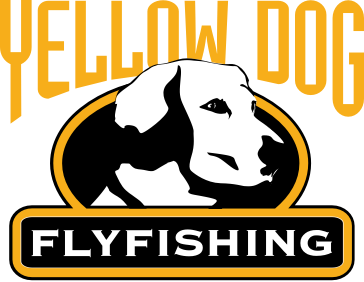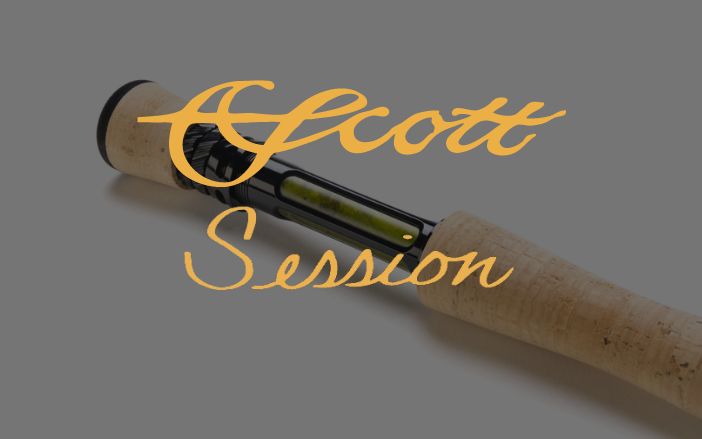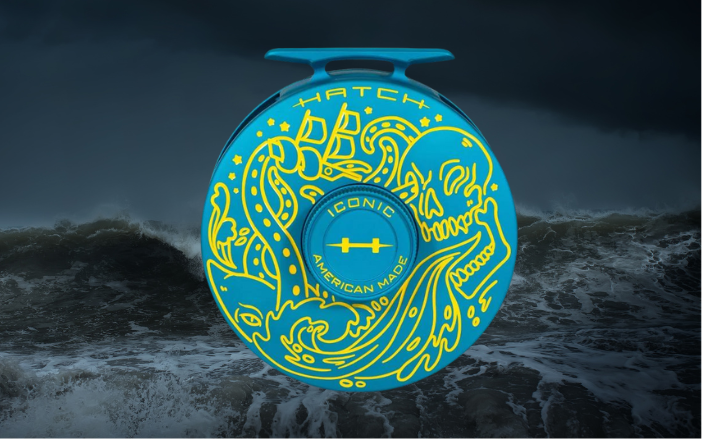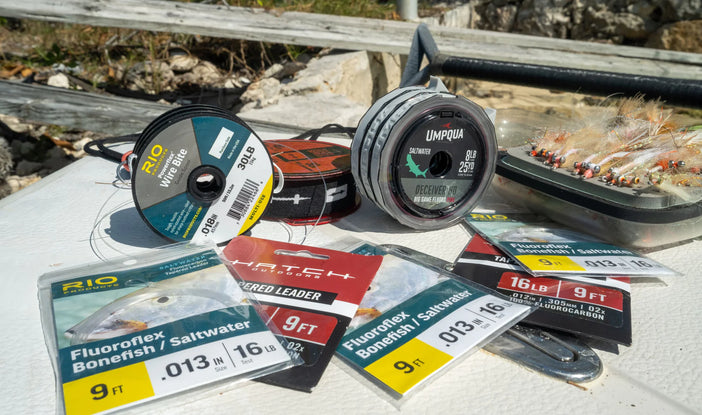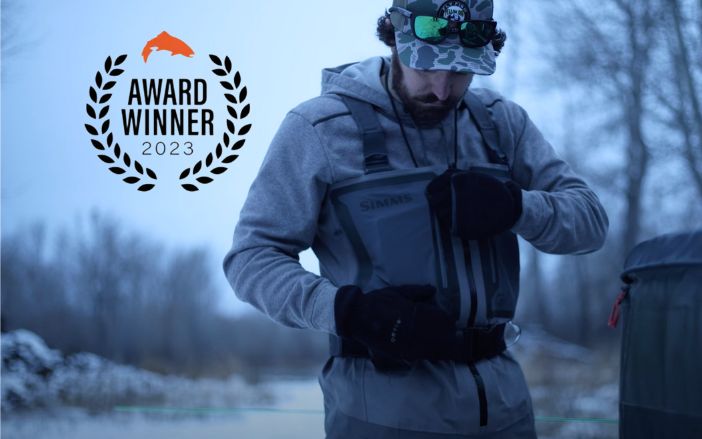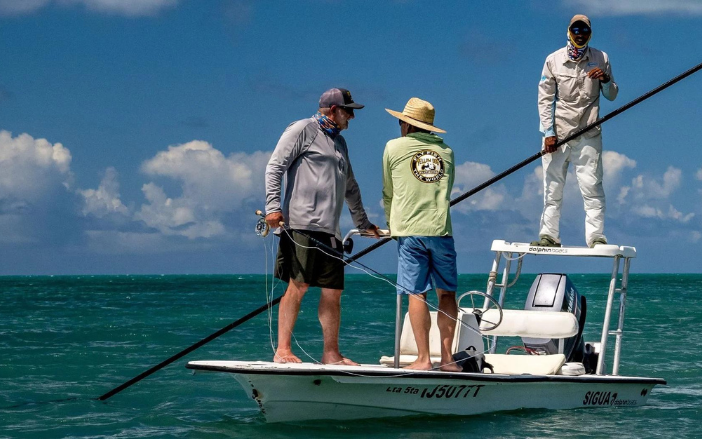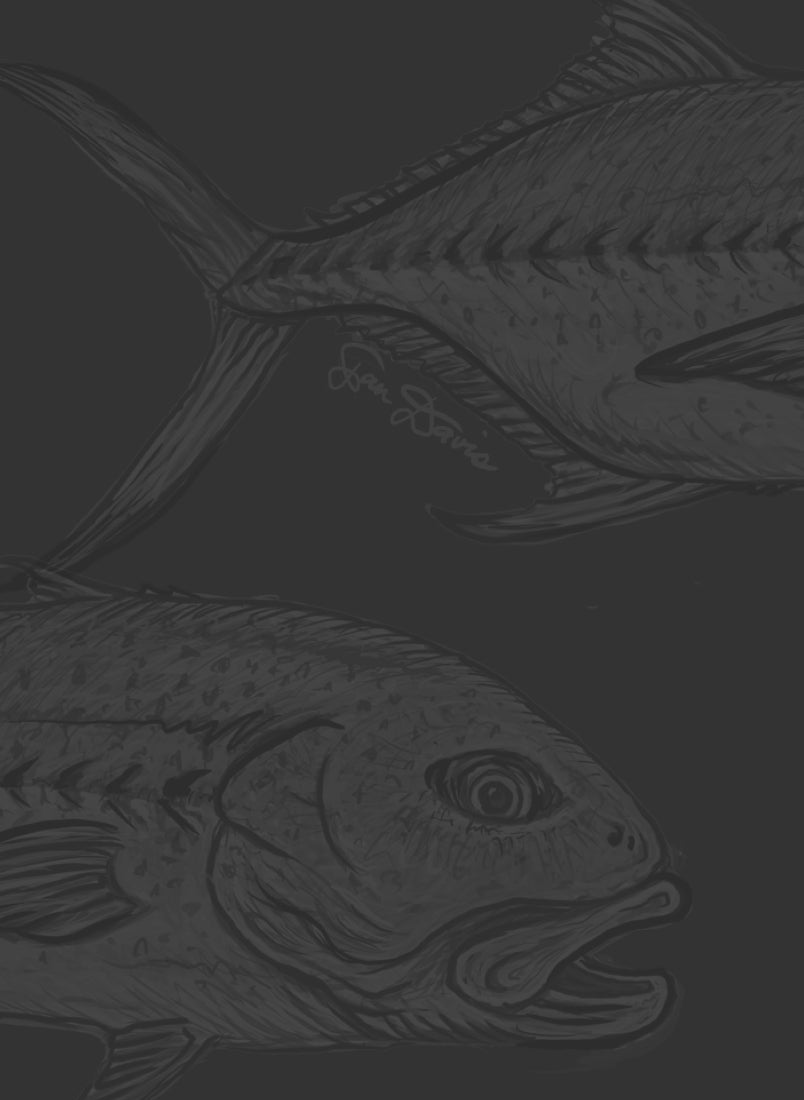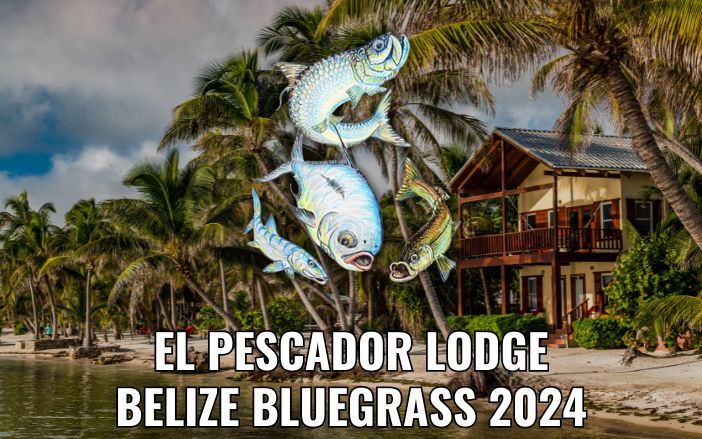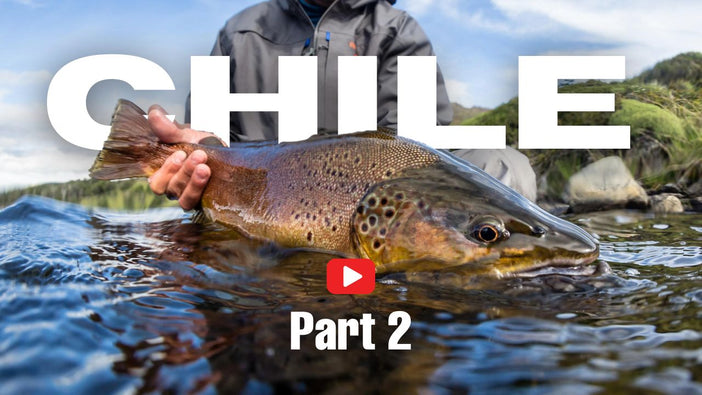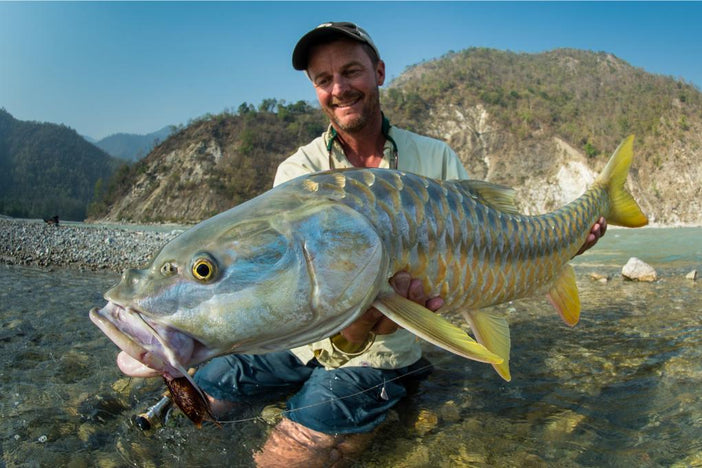Midges are the most consistent food source for trout year-round, so neglecting to add midge patterns to your box can severely impact the number of fish you catch. For some anglers, midges are more trouble than their worth due to their small size and low visibility, no one really likes to tie on a size 24 hook onto 7x tippet, but they flat-out catch fish, especially during the tougher times of the year when other aquatic insects are scarce.
During the fall and winter aquatic insects are less prevalent in the river system compared to the spring and summer, but midges remain a steady food source after the hoppers and mayfly hatches have disappeared. Midges are effective essentially every day of the year so don’t be afraid to throw one on if nothing else seems to work.
These tiny aquatic insects can be fished in three stages of their life cycle: larva, pupa, and adult. The larva is fished near the bottom of the water column, the pupa is generally fished closer to the surface but still submerged, and the adult is a dry fly. Fish prey on all three stages consistently, so picking a fly in the right stage is an essential aspect of fishing with midge imitations.
Here are the best midge patterns to add to your box in all three stages of life.

Top 11 Midge Patterns
-
Zebra Midge
The Zebra Midge is a simple but classic fly to include in your arsenal of trout-catching patterns. This fly can be fished in every body of water that trout reside in and is highly effective in imitating the larval stage of the midge life cycle.
#24-18: Red, Black, Purple, Olive
-
Tailwater Tiny
The Tailwater Tiny says it all in the name, this pattern is a fantastic imitation of the tiny tailwater midges that inhabit some of the most productive tailwaters. The small amount of flash gets the fish's attention to make your larvae stand out among many.
#22-18: Black, Gold, Olive, Red, Rust
-
Mercury Midge
The Mercury Midge is the epitome of less is more. This simplistic fly has a simple build of thread, wire, and a glass bead that proves to be a deadly combination for wary trout. The glass bead imitates the gas bubble of midge ready to rise to the surface. Fish this during a hatch to target fishing keying in on transitional insects.
#22-18: Black, Olive, White, Red
-
CDC Transitional Midge
The Transitional Midge is perfect as a trailer from your adult midge fly as it imitates an insect transitioning from a larva to an adult. This stage of their life cycle is when they are most vulnerable to predation from trout. This is a great pattern to use when trout are feeding just under the surface of the water and ignoring your adult midge fly pattern.
#22-18
-
Mole Midge
This fly imitates an emerging adult midge, the parachute-like wings hold the fly at the surface while the thin body resides just below. This pattern is an excellent option as the second fly in a two-fly rig. Try a hi-vis front fly, like a Griffiths Gnat, followed by the mole midge.
#24-18: Crimson, Ginger, Natural, Olive
-
Top Secret Midge
The Top Secret Midge gets the job done imitating emerging midges from their larval stage. The emerging wings created by the Glamour Madeira, the two-tone body, and the bulkier thorax section add the necessary shape for an emerging midge. This is a tried and tested pattern to include in your tailwater box.
#24-20
-
Griffiths Gnat
The Griffith’s Gnat is one of the most productive midge patterns ever created. This gnat’s secret to success comes from its cluster profile that gives fish the efficient option to eat midges. Trout love the look of the Griffiths, especially during a heavy hatch when they are keying in on adults. The hi-vis option of this fly makes for a great sighter fly with an emerger below.
#22-16
-
Miracle Midge
The Miracle Midge imitates an adult midge incredibly well and is perfect for targeting spooky fish on small water. The pattern has a slight flash to make your fly stand out on the water.
#22-16
-
Renegade
The Renegade is a highly versatile fly to have in your box and can serve various purposes depending on the size of the hook. In larger sizes, the Renegade works exceptionally well as an attractor pattern when searching for feeding fish. But in smaller sizes, #22-16, the pattern resembles a midge cluster and works well for fish feeding during a heavy hatch.
#18-12
-
Klinkhammer Midge
The Klinkhammer Midge is a great pattern to fish in the winter and is also extremely visible due to its parachute, so no more guessing where your fly is on the water. This midge can fool tricky fish and is a great pattern to include in your box when heading out on your favorite tailwater. The Klinkhammer also imitates Blue Winged Olives and other mayflies depending on the size of the fly.
#20-10: Olive, Cream, Natural
- Jujubee Midge
A must have midge originally tied by Charlie Craven. This is a excellent crossover pattern between midges and blue-winged olives, two of the primary active bugs during the cooler months. They are commercially tied unweighted, meaning you can fish as is in shallower runs or when fish are active, or pair with one or two other heavier nymphs to hone in on what fish are targeting.
#18: Black, Red, Olive
Related Articles:
- How to Choose the Best Dry Fly Patterns
- Fly Fishing Through Spring Run-Off
- The Top 12 Pale Morning Dun/PMD Flies
- Dry Fly Fishing: What, When, and Where
- Streamer Fishing: What, When, and Where

